Tajine is historically a Berber dish originating from North Africa, named after a special ceramic pot, in which it is usually prepared. It has a glossy surface, and an elongated handle, like a chimney. It is widely used in Moroccan cuisine. Cooked meals in tajine are slowly boiled because of the low temperature, which is maintained in the dish.
It it, you can cook savory meat, chicken, vegetables or fish. Traditional Moroccan spices are especially important for the corresponding dishes, prepared in this container. Various flavors are used in peculiar combinations, depending on the other ingredients in a given recipe.
Recipes for meat in tajine usually include more affordable meats such as: lamb neck, lamb clod or trotters, which are boiled until tender, and the bones are separated easily. You can cook other types of meat, as well as chicken. Some recipes push our creative sense in the kitchen to experiment.
The combination of boiled lamb and chicken with a mixture of spices and other ingredients that might include olives, fruits, legumes and fresh or preserved lemons, is a typical recipe, sticking to the taste of Arabic cuisine.
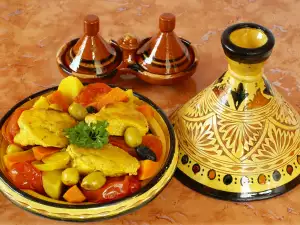
Spices traditionally used to flavor meat or chicken tajine include: cinnamon, saffron, ginger, turmeric, cumin, black pepper and the Moroccan spice-blend Ras el hanout, which in Arabic means "head of the shop". Such a mixture usually consists of: cardamom, cloves, cinnamon, chili peppers, coriander, nutmeg, black pepper and turmeric. It is often rubbed into the meat or chicken during dry marinating before cooking.
Vegetables in tajine is another popular dish in Morocco and can be served as a side dish or as a main course for vegetarians. Of course, it will be supplemented by other ingredients such as couscous, garnished with almonds or pine nuts, chopped onion and yoghurt.
These recipes are commonly called "mix of vegetables". The mix can be cooked using spring vegetables such as eggplant, cauliflower and marrows or root vegetables: carrots, celery, radishes, sweet potatoes and turnips. They are best seasoned with fresh coriander, paprika, cumin, ginger, cinnamon, salt and whole black peppercorns, and often combined with dried, sliced green olives.
Fatty white fish fillets such as halibut, mahi-mahi, sea bass or orange roughy are recommended when choosing which fish to cook in tajine. The spices used here can be saffron (with the amount adjusted), paprika, cumin and chili combined with coriander, garlic, parsley.

In some fish tajine recipes, tomato sauce is used, made from olive oil, cloves, onions, crushed tomatoes, lemon juice, parsley, cumin, coriander, salt and black pepper, which serves as a marinade, in which the fish are placed in at least two hours prior to cooking. The dish is ready once the fish begins to flake easily and the vegetables are tender and soft. The preserved marinade can be poured over the fish before serving to highlight the taste of the dish.
How to choose a tajine container:
1. You need to understand what the design of the container is used for. All tajine containers have a distinctive shape - a shallow bottom with raised sides and curved, conical peaks, which condense cooking fumes, maintaining a slow-cooking dish. Towards the narrowing tip of the cone, some models of this container have an opening, while others do not.
2. Look for one that is made of clay. Traditional tajines are ceramic - sometimes with just a glossy surface, while others are decorated in Moroccan style with flower motifs. Clay gives the dish an earthy and distinct taste. There are also decorative ceramic containers, intended to be used only for the presentation of the food, and are not suitable for cooking.

3. Choose comfort. Contemporary tajines are made of cast iron, porcelain covered in cast iron and stainless steel. They often cost up to three or four times higher than conventional tajines of clay, but are easier to use, since they can be moved more freely from the stove to the oven and can withstand higher temperatures when you fry ingredients from the dish on a hot plate.
4. If you decide on tradition for your choice, you must process your tajine, by soaking it in water for at least an hour, and then rub it on the inside with a small amount of olive oil. Place it in a cold oven for two hours, heated to 350°F (175 °C).
5. In some tajine recipes, the ingredients are placed at the bottom of the container, which is then carefully placed in a preheated oven for a long, slow cooking process. Usually, a small amount of olive oil is poured into the base of the tajine, the ingredients are stacked, starting with the harder and slower to cook ones, which remain at the bottom. Spices are sprinkled on the ingredients. Add olives or preserved lemons, which are common products in the cooking traditions of North Africa.
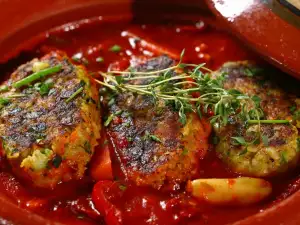
6. Other recipes for tajine dishes are prepared using a hot plate, the meat is caramelized and dense vegetables such as carrots are added in the traditional stew. The other ingredients are arranged until they fill the dish. Sprinkle spices and pour a small amount of fluid to help create a sauce. Continue cooking over low heat on the stove or transfer the dish to a low heated oven for a long stewing.
7. Patience is essential for tajine cooking. The whole point of the design of the container is to capture the aromatic condensation, allowing the individual layers of ingredients to be merged into a tasty dish seasoned with various spices. Do not try to speed up the process by increasing the heat, especially if you are using a clay tajine because it can crack if the temperature is too high.
8. Serve the tajine dish with an inventive twist, leaving the cone-shaped lid on until you place the container on the table in front of your guests. Lift it and a scented cloud, of wonderful and exotic mix of spices and unique ingredients such as preserved lemons and fresh olives, will emerge.
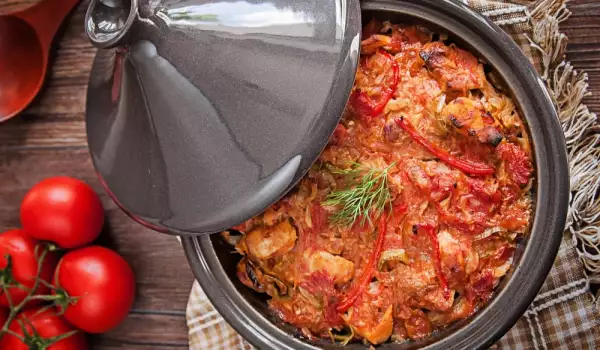
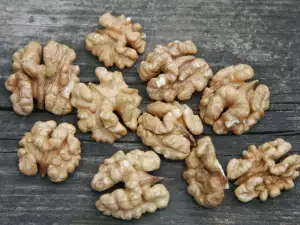
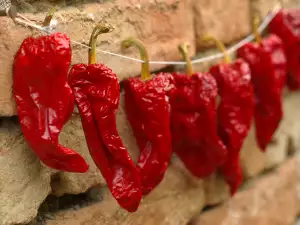
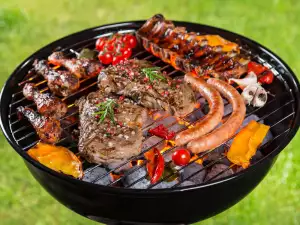
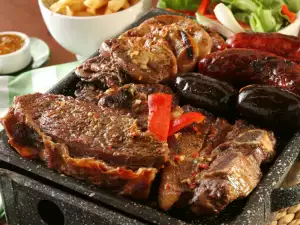

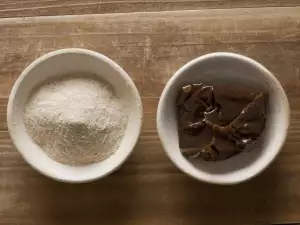
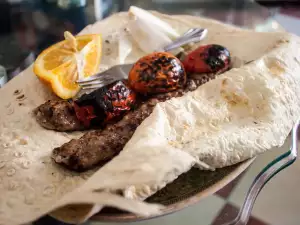
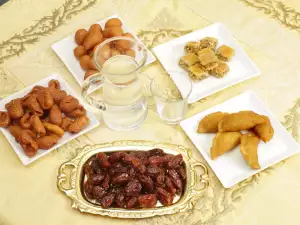
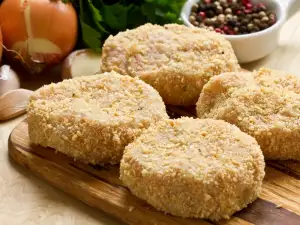

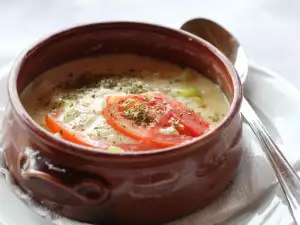
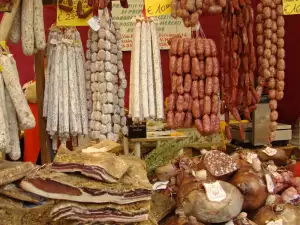
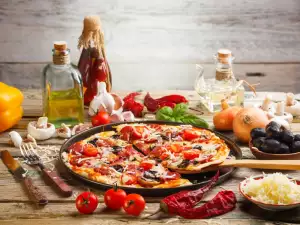
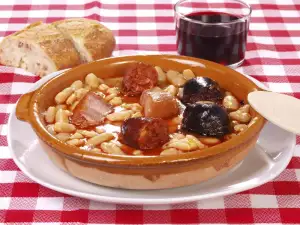
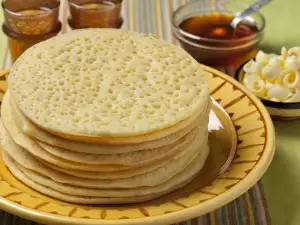




Comments